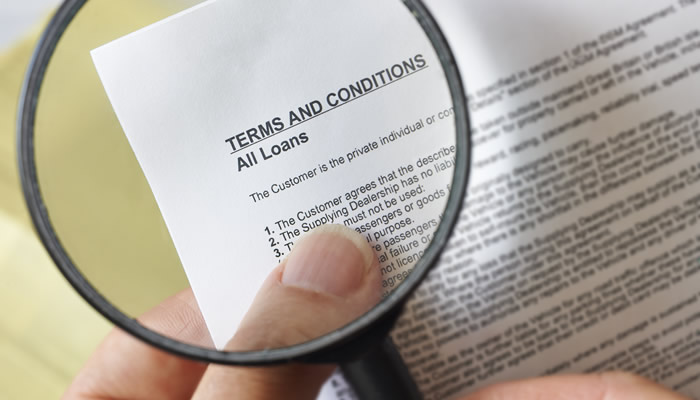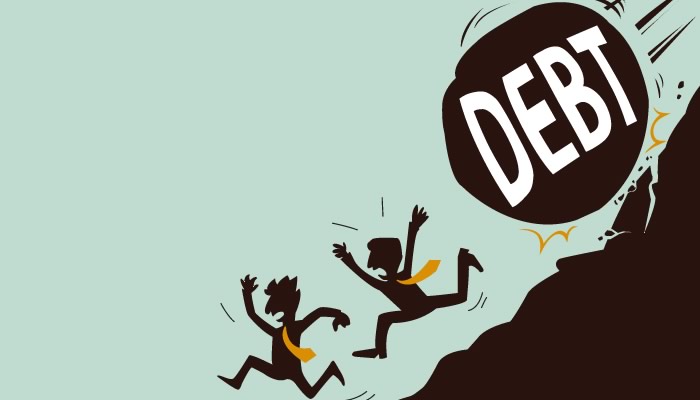Debt Repayment Methods: Stacking Vs. Snowball
Debt can be overwhelming. If unpaid bills are piling up and creditors are hounding you by phone, chances are you have a debt problem. If you’re struggling with debt, you’re not alone. Fueled by record low interest rates, household debt has ballooned to record levels in recent years. The household debt-to-income ratio reached 162% in the fourth quarter of 2013. That means for every dollar of income, the average Canadian has $1.62 of debt – yikes!

If you have a debt problem, your first step is admitting you have a problem. Once you own up to it, your next step is to make an action plan to pay down your outstanding balance. The last thing you want to do is let you debt spiral out of control and be forced to file for bankruptcy. Here are two tried-and-true methods for paying down your debt.
Method 1: Debt Stacking
Debt stacking is probably the most popular debt repayment method because it works. It involves starting with the low hanging fruit – paying down the debt with the highest interest rate. Unless you have a payday loan, credit card debt most likely carries the highest interest rate. With the typical credit card interest rate at 19.99% and store credit card often higher, chipping away at your outstanding credit card balance is a good place to start.
You don’t have to be a math whiz to understand the debt stacking method. You should start by looking at all your debt and seeing which one has the highest interest rate. For example, if you have a credit card at 20%, a student loan at 8% and a mortgage at 3%, the debt stacking method would have you focus on the credit card debt first.
Once you’ve determined debt has the highest interest rate, you should look at your household budget and figure how much you can afford to allocate towards debt repayment on a monthly basis. Although you should pay down the debt with the highest interest rate, it’s still important to make the minimum payment on other credit like your mortgage, line of credit, and student loans, to avoid damaging your credit rating.
Method 2: Debt Snowball
While most people go for the debt stacking method, there’s another effective way to pay down debt. Instead of paying down the debt carrying the highest interest rate, the debt snowball method involves starting with the smallest to largest outstanding balance. For example, if you had an outstanding balance of $2,000 on your credit card, $5,000 on your student loan, and $100,000 on your mortgage, you’d start with your credit card.
It’s called the debt snowball method because similar to rolling a snowball; your snowball will grow in size as you pay down your debts. Just like the debt stacking method, you should still continue to pay the minimum payment on all your outstanding debt to avoid damaging your credit score.
The debt snowball method works for some people because it’s easier to pay off the debt with the lowest outstanding balance. It can be motivating to see your credit card paid off, before tackling your next largest debt, such as your line of credit.
The most effective debt repayment method comes down to personal preference. At the end of the day, as long as you’re paying more than the minimum amount due and you make a repayment plan and stick to it, you should be well on your way to being debt-free.




